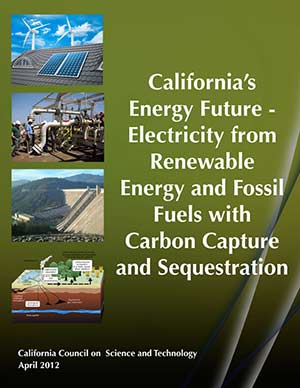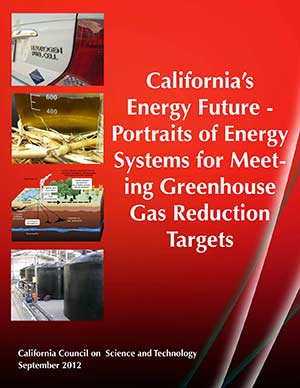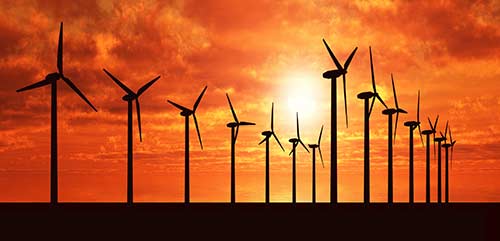Policies for California’s Energy Future – How to Choose a Climate Friendly Electricity System for the Future
Author(s): Long, Jane C.S.; Schori, Jan; Cohen, Armond
Release Date: October 24, 2014 | Last Updated Date: February 16, 2015
Abstract
California must nearly eliminate emissions from electricity to meet ambitious climate goals for 2050. The state could generate emission–free electricity three ways: renewable energy, fossil fuel with carbon capture and storage, or nuclear power. The issues associated with two canonical portfolios, one that is all renewable energy and one that is equal parts of all three sources cover the landscape of issues for any combination of sources. The types of critical key issues that affect implementation of these choices include: The full system requirements for running a reliable electricity system, the rate at which these systems could be built out relative to the 2050 target, and the costs associated with each portfolio. Each of the three sources of electricity has problems. Ancillary system requirements for intermittent renewables present a challenge. Lack of public support for nuclear, and dependence on a robust carbon market for CCS as well as lack of experience with industrial relationships and certification of storage stand in the way of these technologies. We conclude all of the options are uncertain and consequently, having more options available and the implications of these options better understood could be critical factors in achieving good outcomes for the State. Additional focus on the total system requirements for a strong renewable portfolio and efforts to keep CCS and nuclear options available could be of some value.







